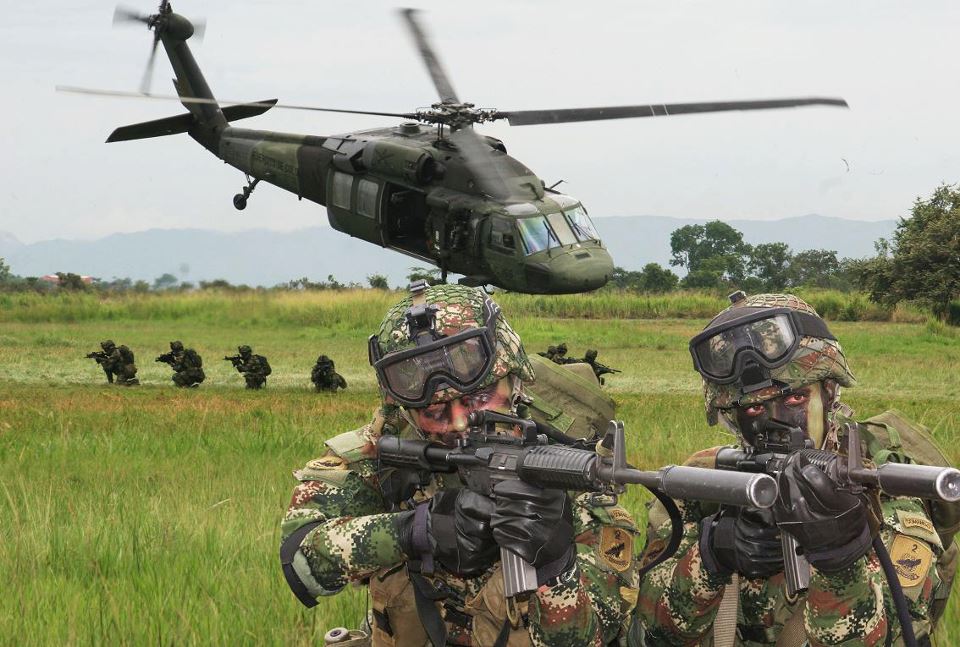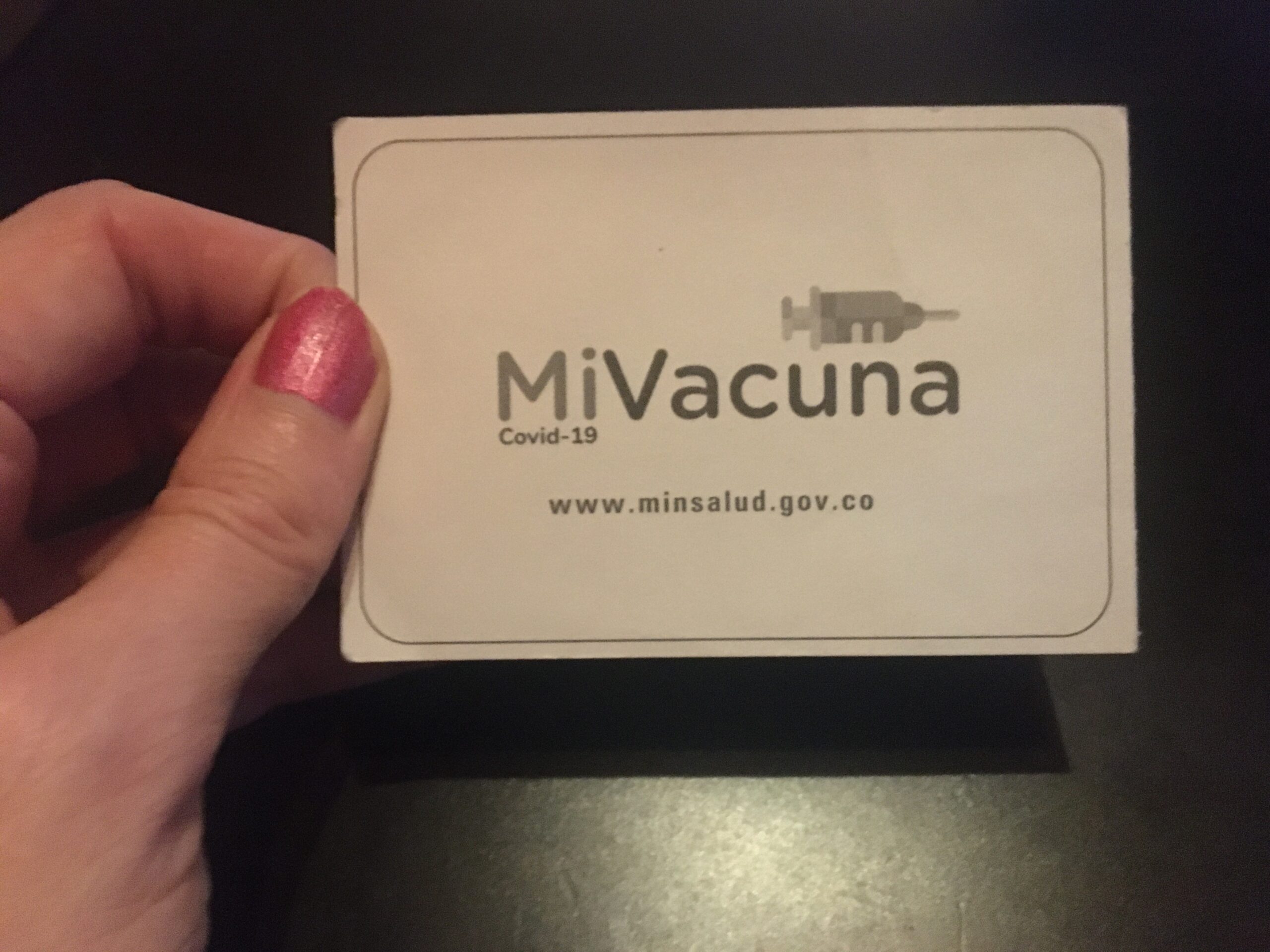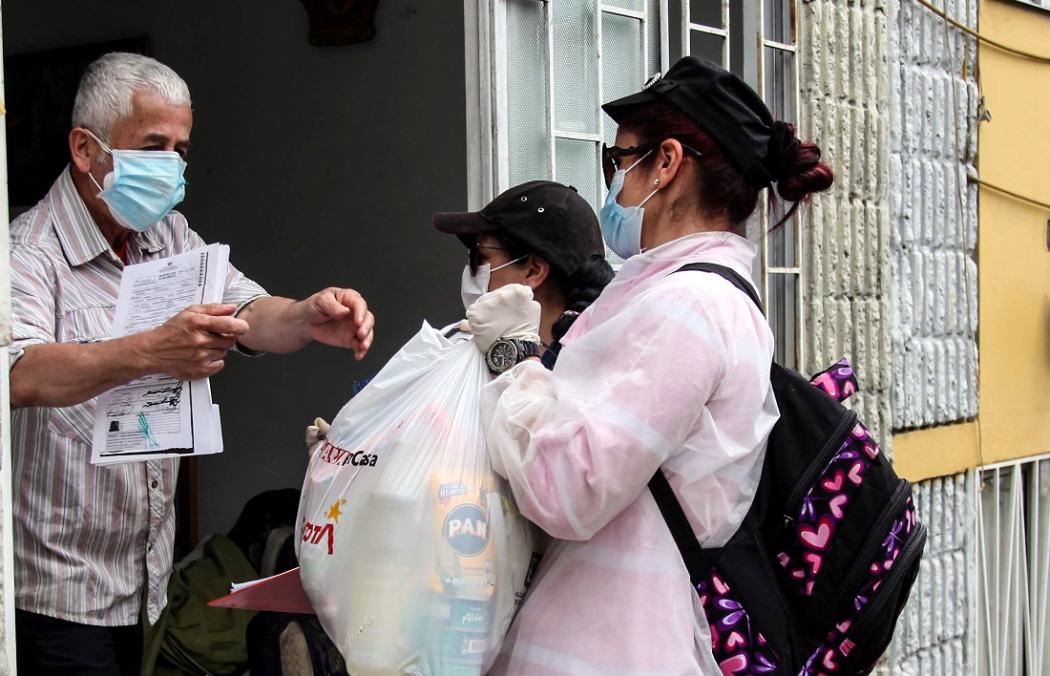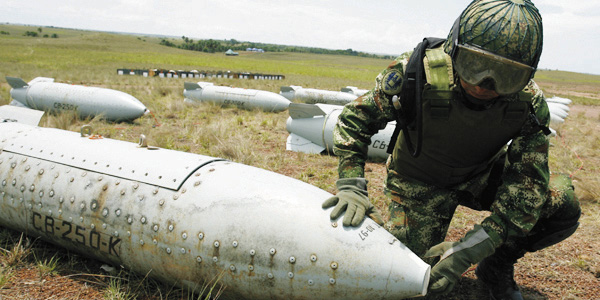Restaurants and cafés are now allowed to open from Thursday to Sunday. Here are some pictures of a newly re-opened Chapinero.
After nearly six months of lockdown, Bogotá’s cafés and restaurants are eagerly reopening. With the harshest obligatory isolation restrictions lifted — and a few days of sunshine in the often-gloomy capital — many customers are cautiously returning to support their favourite businesses. If you’re not sure what to expect, here are some scenes from Chapinero.
Reservations
Restaurants and cafés in Bogotá are now permitted to operate at 25% capacity from Thursday to Sunday. Those with outdoor seating have it a little easier when it comes to maintaining social distancing requirements, but most establishments are blocking off tables and otherwise reconfiguring their setup to manage the numbers.
Read our latest coverage on the coronavirus in Colombia
Some are also collecting names, cédula identification numbers, and phone numbers of their customers. Don’t be surprised if you are asked to share more information than you might need on a job application to sit down for a coffee.
While we haven’t seen a lot of sophisticated contact tracing in the capital thus far, these measures presumably could help the restaurant inform other diners if a patron tests positive.
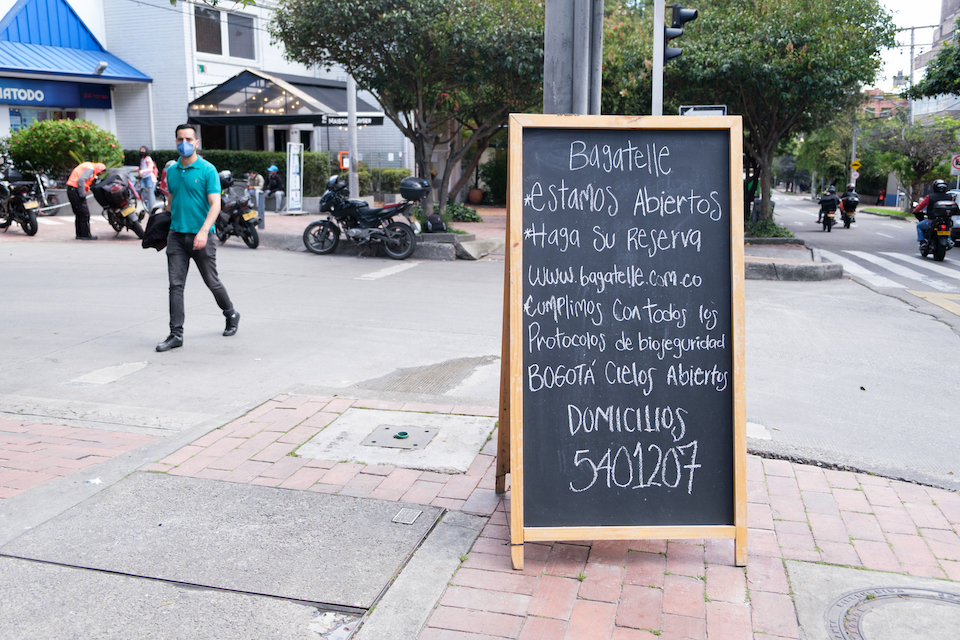
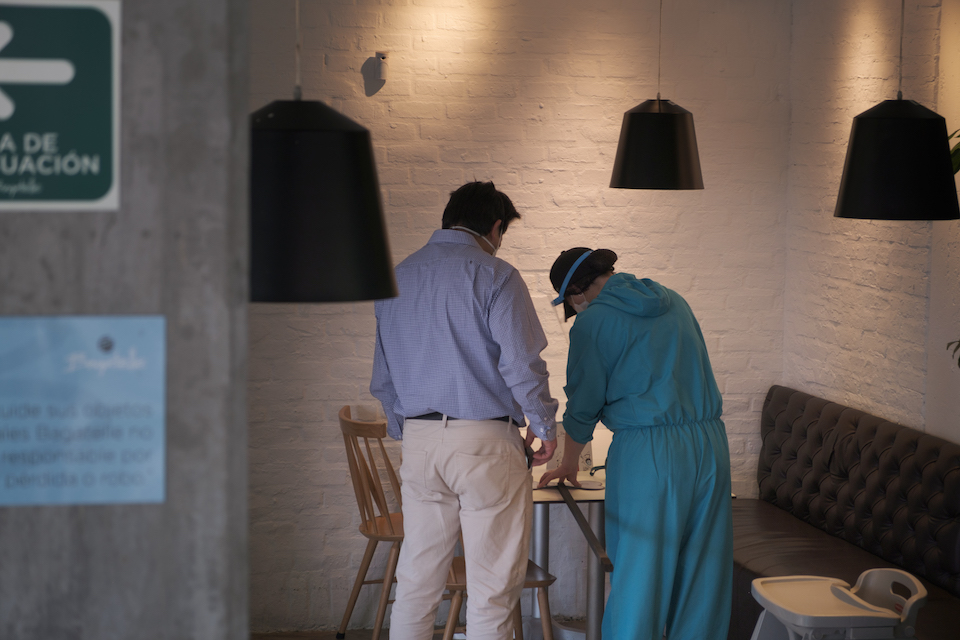
QR codes
One way that several of the higher-end establishments are looking to manage it all is with QR codes. These digital hieroglyphics are now all over the place on exterior walls in Chapinero, Zona G, Quinta Camacho, and Usaquén to help locations take reservations or even your personal information. While this is not ideal for anyone without a smartphone — are anyone who has run out of data — you may have to scan a code before entry.
On Thursday, the trendy café and popular lunch spot Masa in Zona G asked even patrons walking up to a completely empty dining area to scan the code first to “make a reservation” before granting entry. The Pub in Quinta Camacho had a similar policy.
Or you may just be asked to scan a code to see the menu. This was how the Zona G steakhouse El Día Que Me Quieras is operating. They asked for your name and phone number along with your order, and the waitress said the QR code menu design was so that they didn’t have to pass around physical “cartas” that could potentially carry the virus from person to person. When serving food, the restaurant also wrapped certain dishes in plastic and offered up cutlery in a little bag — closer to what you would get on a plane than a restaurant — all in the name of biosecurity.
Masks
Unsurprisingly, the majority of people are wearing masks. Employees and servers may even take your order in full face shields and head-to-toe biosecurity onesies. You can take your mask off to eat or drink, and some places provide little paper bags to store them as you dine. In a few establishments, customers were encouraged to put their masks back on (or pull them up) when staff came to the table. You’ll also usually find plenty of hand sanitizer gel and shoe spraying at the entryway.
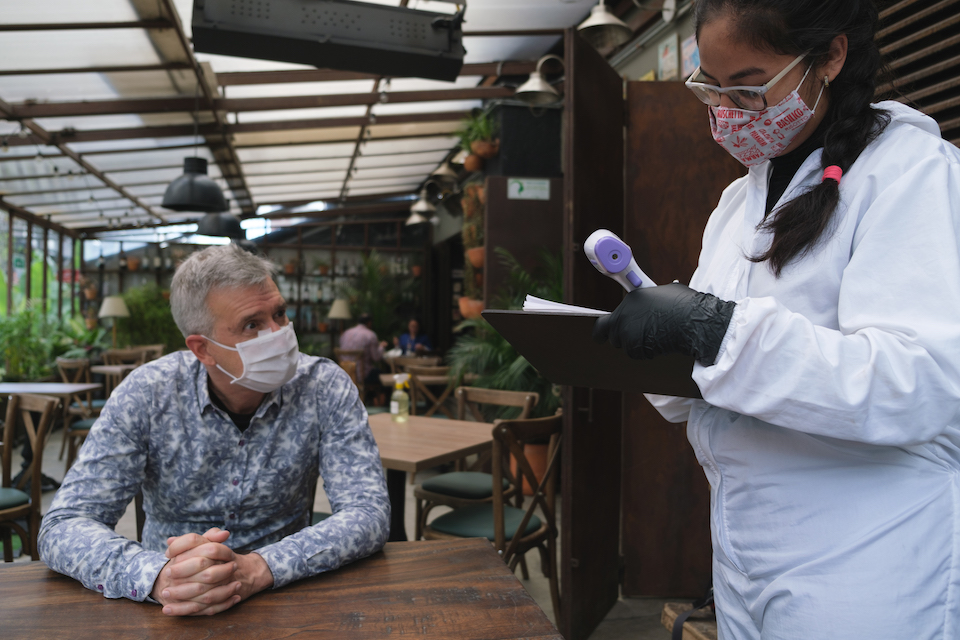
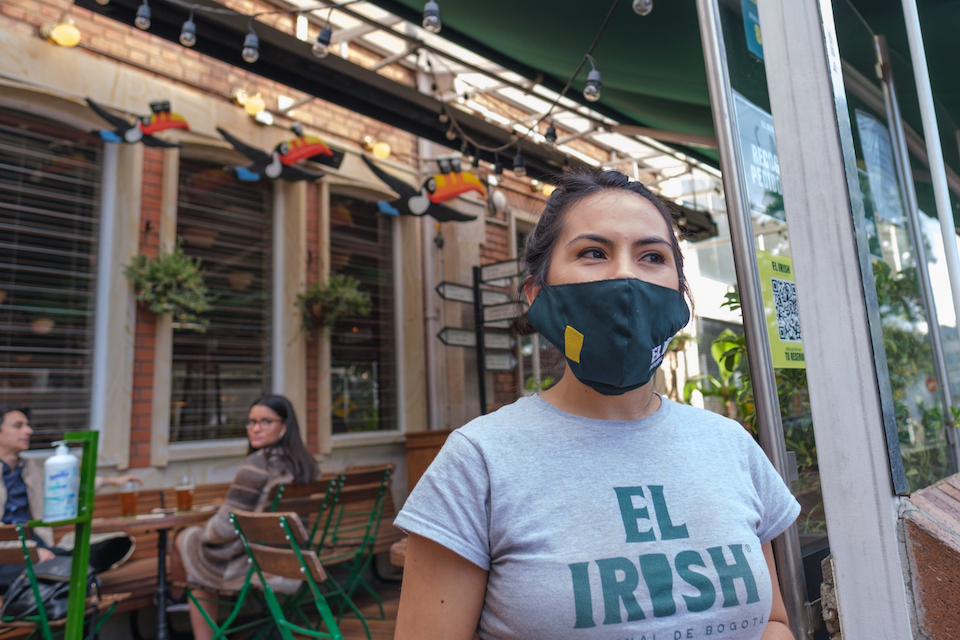
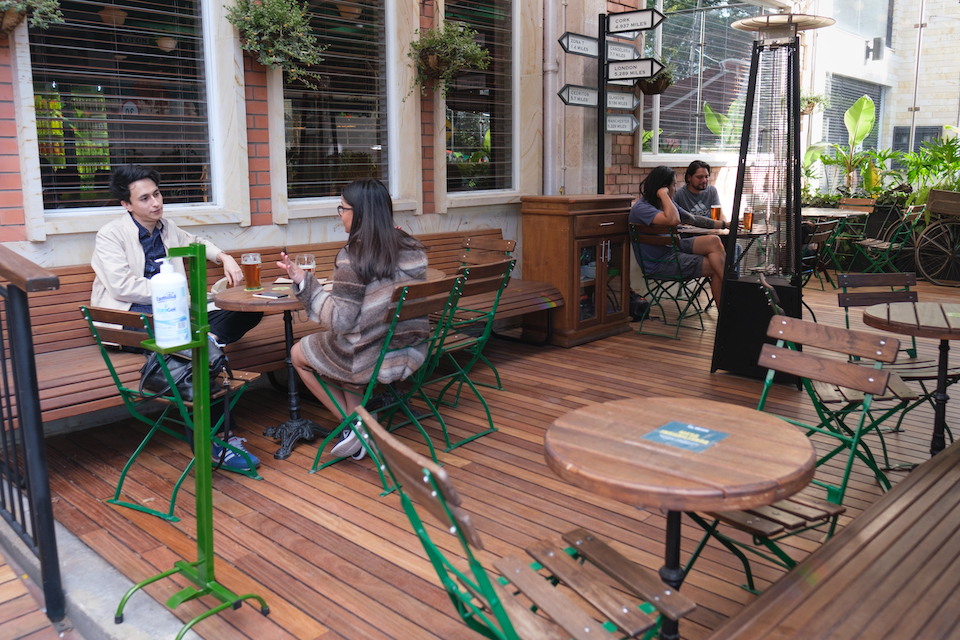
Open days and open windows
Most of the places we spoke to plan to stick to the Thursday to Sunday rule. Though some places will open all week. As with many aspects of the lockdown, we will likely see varying levels of compliance and inconsistent enforcement.
In general, from talking to a few employees, most restaurant owners weren’t optimistic about previously mentioned plans from the mayor’s office to shut down some streets to make space for tables.
Places that have terraces are already using them as much as possible, and other venues are getting creative about opening up depending on the weather and number of customers who show up.
Millions of bogotanos, and especially small business owners, will continue to suffer the economic consequences of the lockdown for some time to come. And it remains to be seen whether these current reopening measures will stay in place or fade into the background if case numbers and deaths spike again.
But for now, for a city of 8 million people who have been largely forced indoors for almost half a year, the current feeling is largely that it’s just nice to be outside and returning to some semblance of normal. Even if it is a “new normal.”

